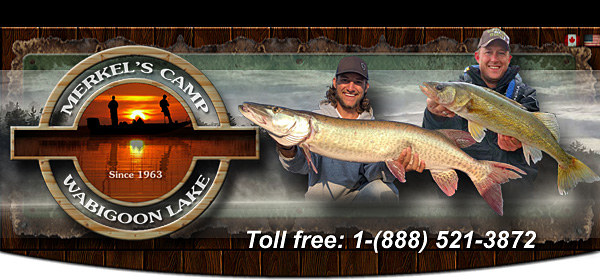



Introduction
The purpose of this page is to encourage the use of tackle and equipment which is appropriate to the task of pike fly-fishing with the welfare of the fish uppermost in mind.
Rods, Reels and Lines
Fly fishing for pike demands the use of powerful rods in order to cast the heavy lines needed to present large flies. A dedicated pike or saltwater rod of around 9ft in length, designed to cast a 10 weight fly line, will possess enough backbone to subdue large fish quickly. Similarly rated trout fly rods are not recommended.
Pike which are landed and returned to the water quickly, and with the minimum amount of fuss, will recover much more quickly than fish which are played to a standstill on light tackle. This is especially true in warm weather when oxygen levels are low, and in trout waters where pike attain specimen size much more quickly but tend to have a shorter life span because of their bulk. There is no place in modern angling for 'line class' fishing where credit was once given for landing specimen fish on the lightest line possible.
Casting large flies is made easier by the use of heavy lines, and special 'pike taper' lines with an exaggerated weight forward profile are now available. Another option is to use a shooting head, but whatever fly line you choose it is vital ensure that your reel can also hold at least 100 metres of good quality backing.
Pike are capable of making short but very fast runs, and so it is advisable to use a reel with a good drag system which will help to absorb any sudden lunge made by the fish.
Leaders and Tippets
When using large flies 'turn-over' is aided by the use of a relatively short leader and many pike fly fishermen use a leader of 2 metres (6 feet) or less. The choice between a tapered or level leader is largely a matter of personal preference. However, its breaking strain must be at least 12 lbs and a leader with a breaking strain closer to 20 lbs may prove to be more manageable.
When fishing for pike the use of a wire trace is essential at all times. Pike have extremely sharp teeth which will cut through other materials. Some have advocated the use of hard nylon monofilament in a heavy breaking strain, whilst conceding that occasional bite-offs were inevitable. This simply isn't good enough as the range of different trace wires now available gives the pike fly fisherman a number of reliable options.
Nylon coated wires are easily twisted, and the coating fused with the flame from a cigarette lighter - taking care not to overheat the wire inside the coating
Uncoated wires constructed from as many as 49 strands are now available as are braided materials with an outer braiding of wire. These are extremely supple and capable of being knotted.
Wire traces must be at least 12 inches long.
Leaders and wire tippets should be checked regularly for any signs of damage, especially after catching a fish. Any abrasions to the leader or signs of the wire having become kinked or frayed must result in immediate replacement.
Knots, Links and Swivels
Some anglers prefer to use a small swivel to connect the leader to the wire tippet, or some form of snap link to connect the fly to the trace. It is vital to make connections which will stand up to the rigours of repeated fly casting, and the strain of playing large fish. Snaps and swivels should be of the best quality you can obtain and should have a minimum breaking strain of 30 lbs or more. It is possible to use knots to make all the necessary connections. The leader should be connected to the fly line with a needle (or nail) knot and the wire tippet connected to the leader using an Albright Knot. Depending on your choice of wire, there are a number of methods by which you can attach the eye of a snap link or a hook to the wire tippet:
Hooks
Most pike flies are tied on large single hooks. To aid unhooking, use barbless hooks. You can remove barbs by crushing them down with pliers, or filing them flat. Some flies have a weed guard, which minimise the risk of snagging up in weedy water.
Many saltwater fly patterns will catch pike. However, it is best to avoid stainless steel hooks as these will not rot away in the event that you unable to retrieve a fly.
Other essentials
A large landing net is vital. Although many pike anglers land their fish by hand, the length and flexibility of a fly rod makes this less practical for the fly fisherman. Round or pear shaped nets (as often sold as Lure nets) should have a diameter of at least 30 inches. Alternatively a bow framed triangular net with 42 inch arms may be used. The net should have a soft knotless mesh.
Hook removal
It is important to carry a pair of long nosed forceps for hook removal. 'Hook-out' tools are a good alternative, and many pike anglers find that long nosed pliers give good purchase on the hook shank. In the event that a fish is awkwardly hooked, a pair of side cutters will enable the hook to be cut and removed in two pieces.
Personal and Public Safety
Always wear suitable eye protection when fly fishing.
Always wear a life jacket or buoyancy aid when going afloat.
Always be mindful of the presence of others; especially when casting.
Pike Handling and Welfare
You can find detailed information about pike handling and welfare, and the need for pike conservation elsewhere on this site.
Read about Terry's Steelhead fly-fishing adventure (.pdf)
Click thumbnails below to enlarge. Press ESC or click the X to exit